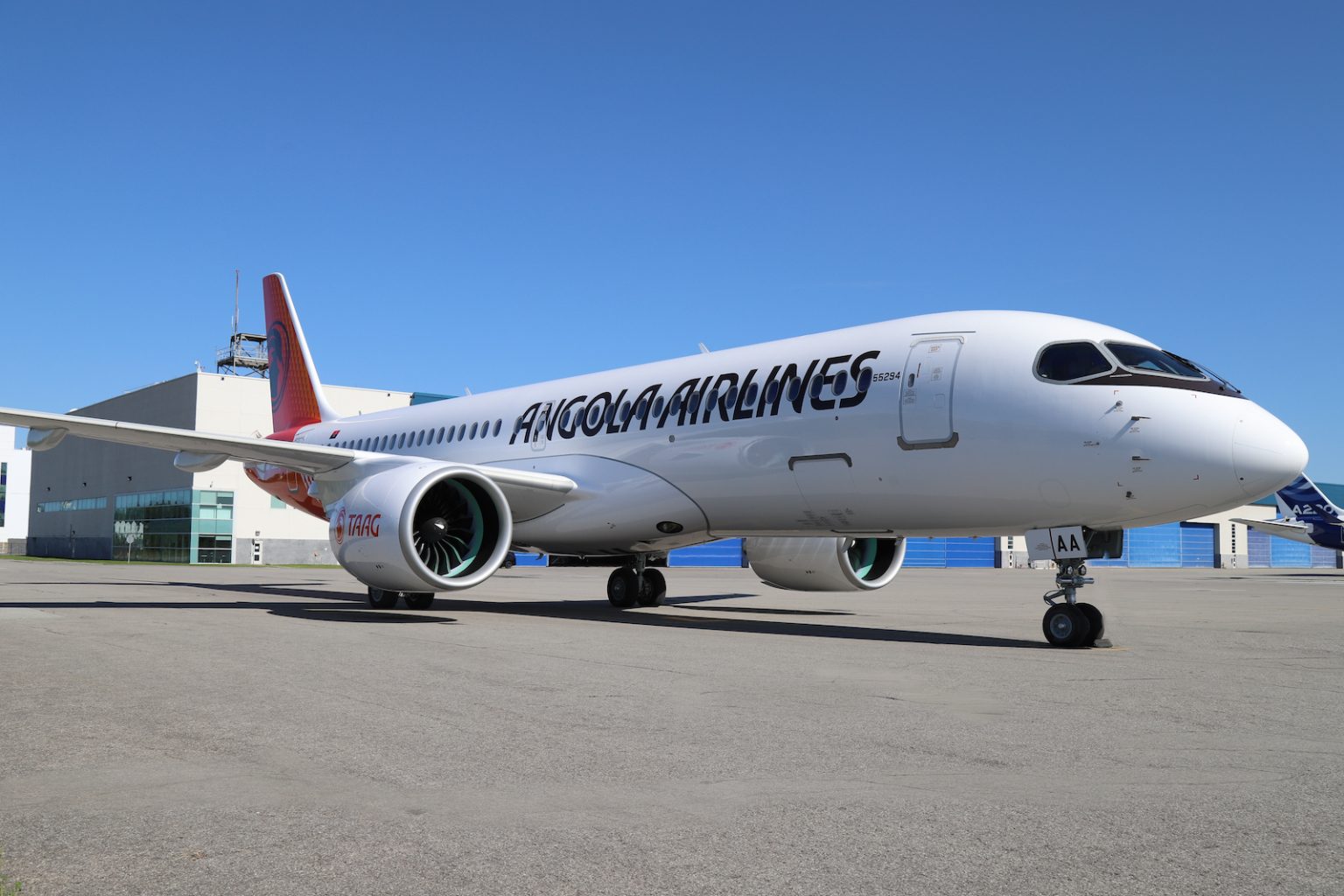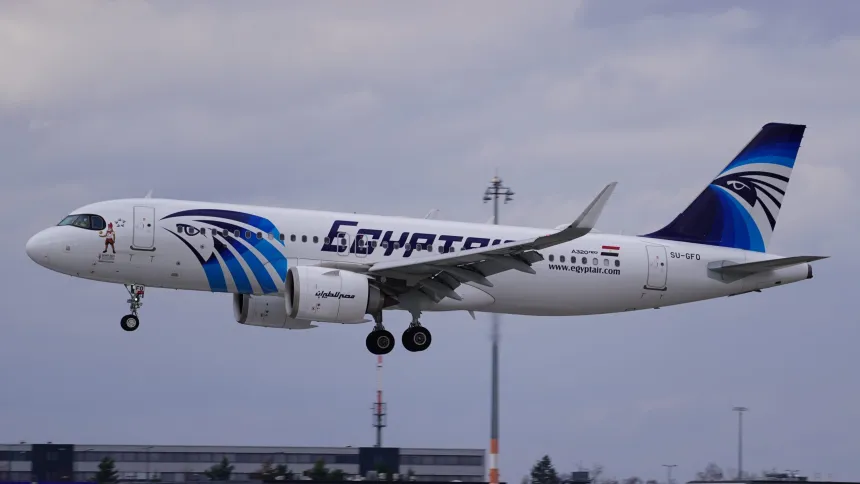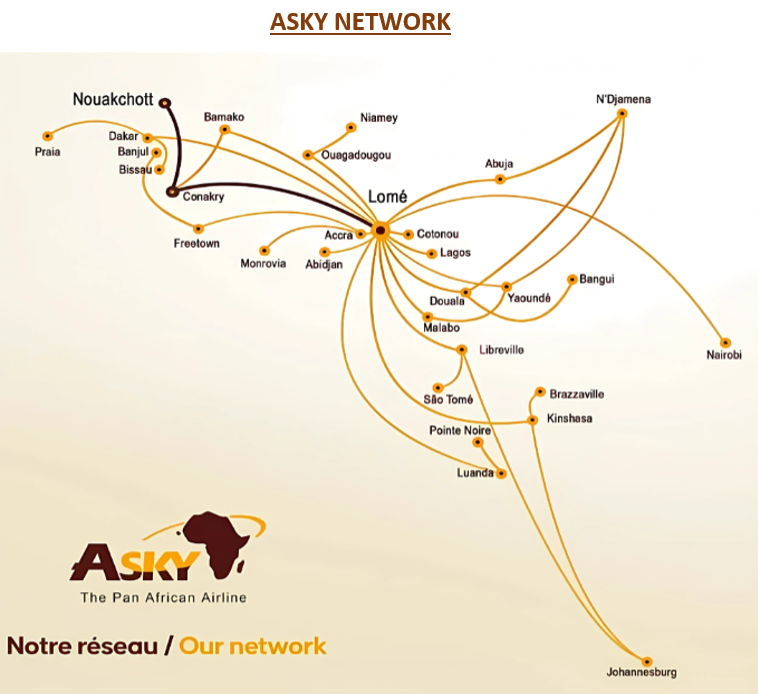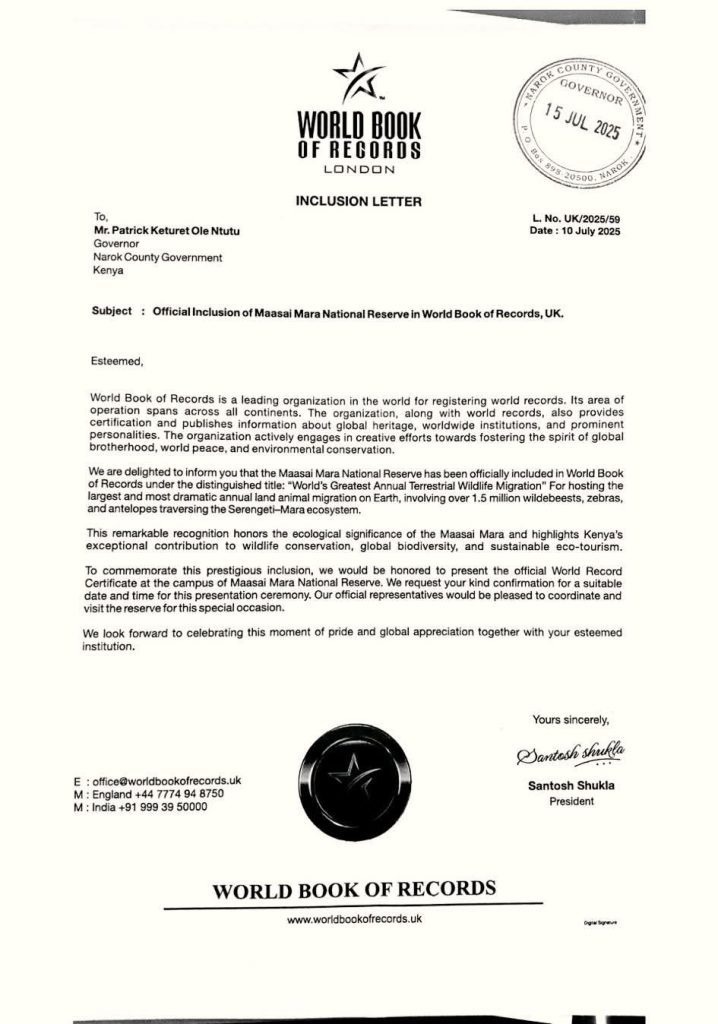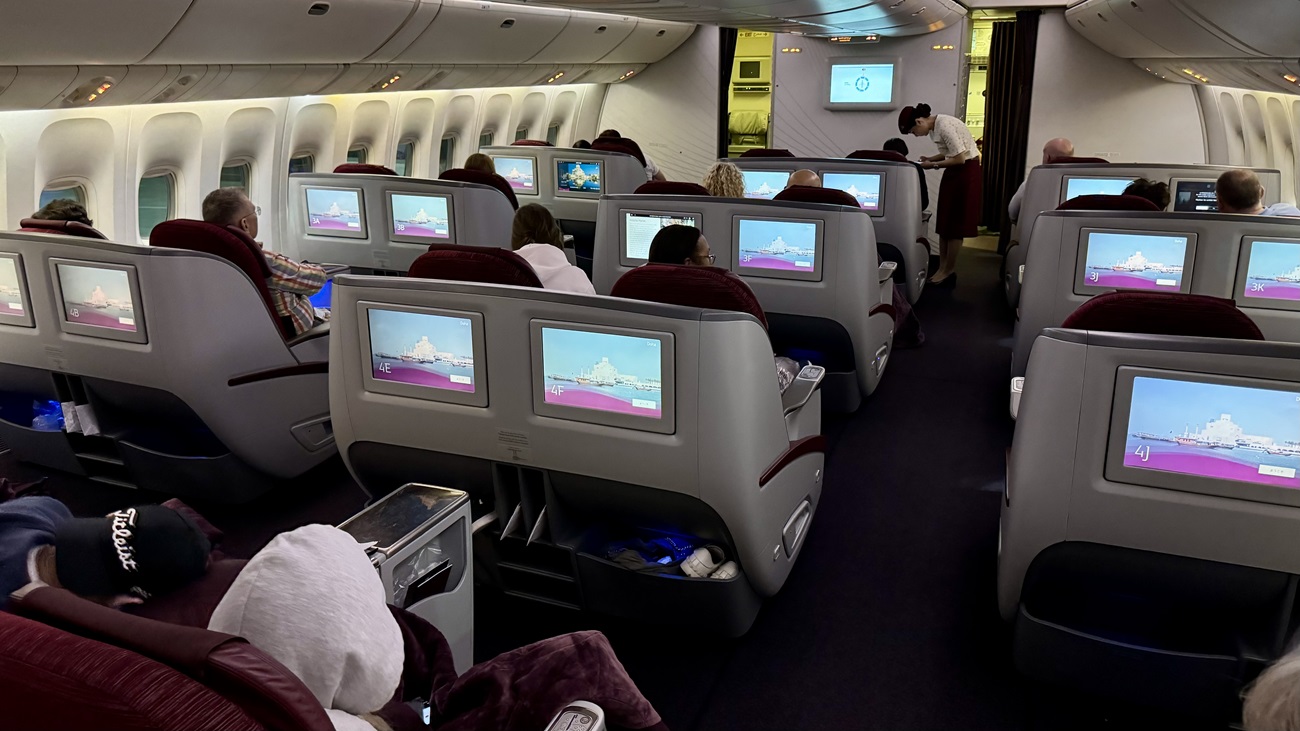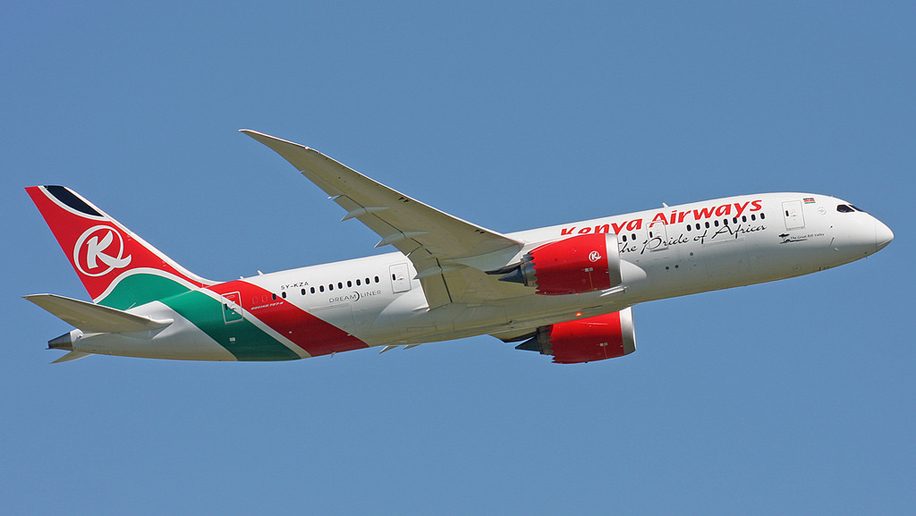The Kenya Airports Authority (KAA) has called for public input for the upcoming future development plan of the Wilson Airport and the Jomo Kenyatta International Airport (JKIA)
In a notice on Sunday, July 20, the authority said that it will conduct a Strategic Environmental and Social Assessment (SESA), which will assess the environmental and social impacts that the development, which it did not specify, of the two airports might attract.
According to the authority, the assessment, which will be spearheaded by two consultancy firms: Dar Al Handasah Consultants and Geodev (K) Ltd, will be done in line with the guidelines of the Environmental Management and Coordination Act, 1999.
According to KAA, the future development of the two critical transport infrastructures will be essential in boosting the economy and enhancing service delivery.
“The SESA process requires broad stakeholder engagement, involving neighboring communities, organizations, and individuals who may be affected by, or have an interest in, the planning and future operations of the two airports,” KAA stated.
“The Kenya Airports Authority (KAA) is developing the Integrated Master Plans for Jomo Kenyatta International Airport (JKIA) and Wilson Airport (WAP) to guide future developments and enhance service delivery,” it added.
For Wilson Airport, according to the authority, public participation in the upcoming plans will be conducted from Monday, 21, 23, and 28 July, in Nairobi West, South C, and Langata Mugumoini.
On the other hand, for the JKIA, the exercise will be conducted on 22, 24, and 25 July, in Syokimau, Embakasi, and Utawala. During the exercises, residents of these areas will be informed about the master plans to expand the two facilities and also share their input, views, and concerns.
“Your participation will help shape the future of these airports and ensure that community issues are well understood and taken into account. Your participation and engagement will be highly appreciated,” KAA stated.
The announcement comes days after the authority revealed that it is in the process of improving JKIA’s infrastructure, including runways, airside access roads, and the baggage handling system.
According to KAA Board Chairman Caleb Kositany, during a meeting with senior officials from ground handling agents (GHAs) on Wednesday, July 9, the rehabilitation and improvement of the airport will be critical in elevating operations at the airport.
The Key reforms are designed to transform the airport into a modern facility that is competitive on the global stage.
Source: Kenyans.co.ke


